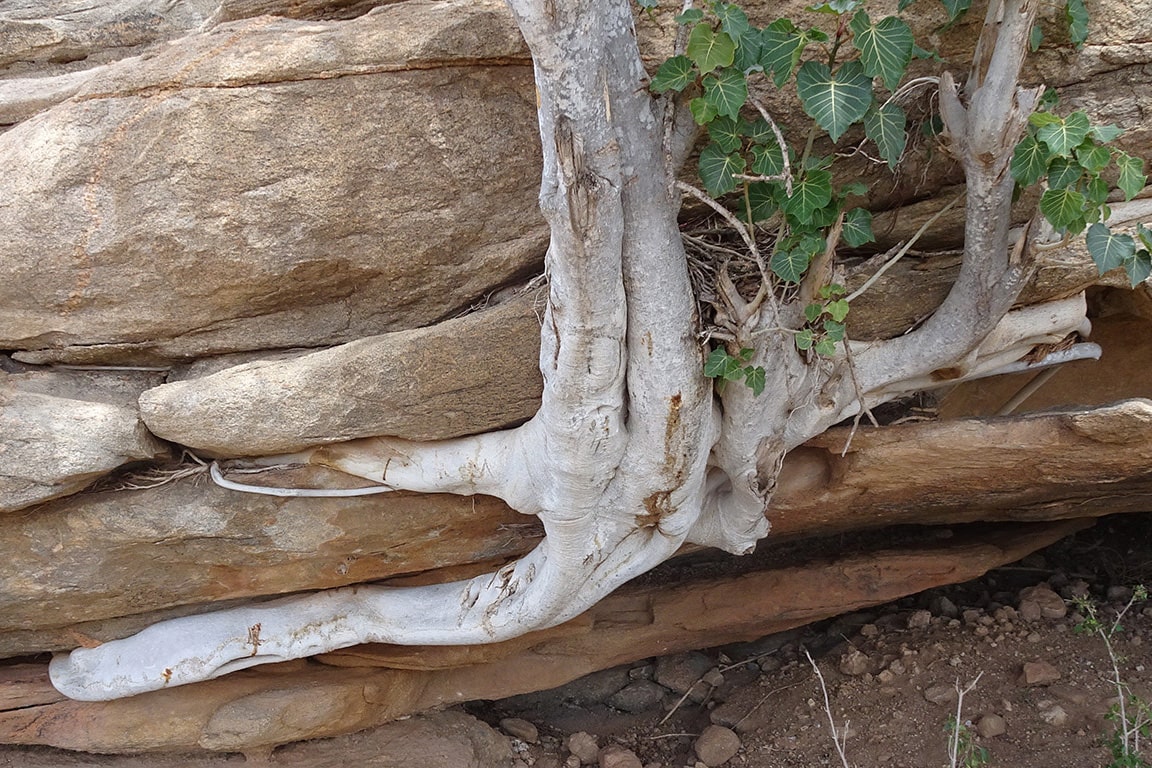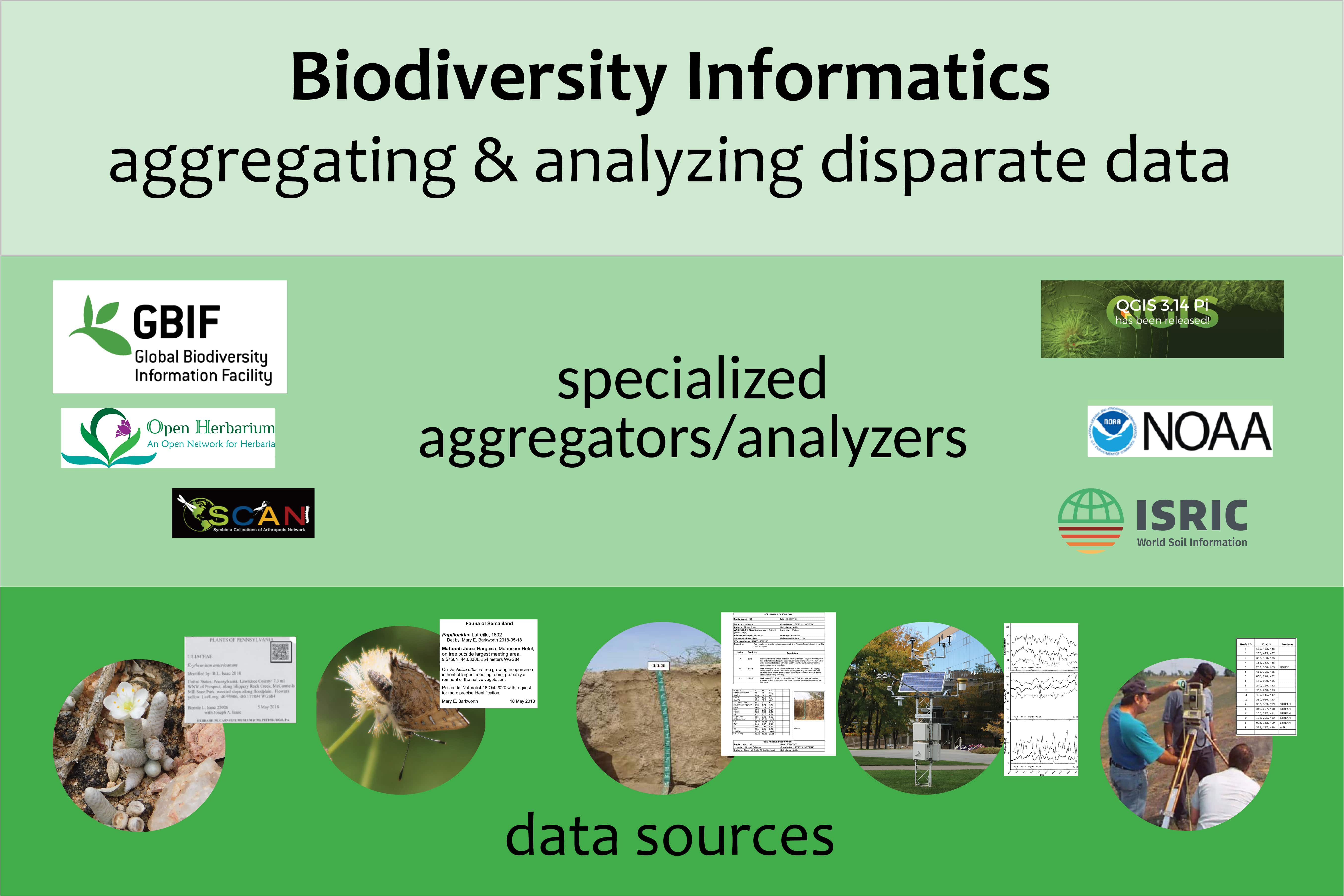Teaching
Teaching resources may be physical, such as books and specimen samples, or online, such as static documents, interactive questionnaires, and videos. But resources are just resources. They are educational when students interact with them, make observations, answer questions, and evaluate ideas. The Foundation is developing resources for use in teaching and learning about Somaliland’s biodiversity, together with ideas on how to use them.

Plant taxonomy

Biodiversity informatics
Biodiversity informatics integrates large amounts of data from different sources. Its tools can be used if the data provided are well-structured. This means the original data collectors, who work in a small area, need to provide well-structured data.
This affects how students in the contributing fields are taught. Specialist data aggregators help work out the standards and how to implement them. They bring together data from very large areas, often the whole world, and enable some data visualizations and analyses. The maps, graphs, and analyses of data concerning Covid19 are an example of biodiversity informatics in action.

Parataxonomy certificates
Parataxonomists assist taxonomists by documenting the presence of organisms in an area. Unfortunately, many countries have few records of the distribution of different kinds of organisms within the boundaries. This lack impedes the formation of sustainable management policies and the development of professional programs in these and other areas of the biodiversity sciences.